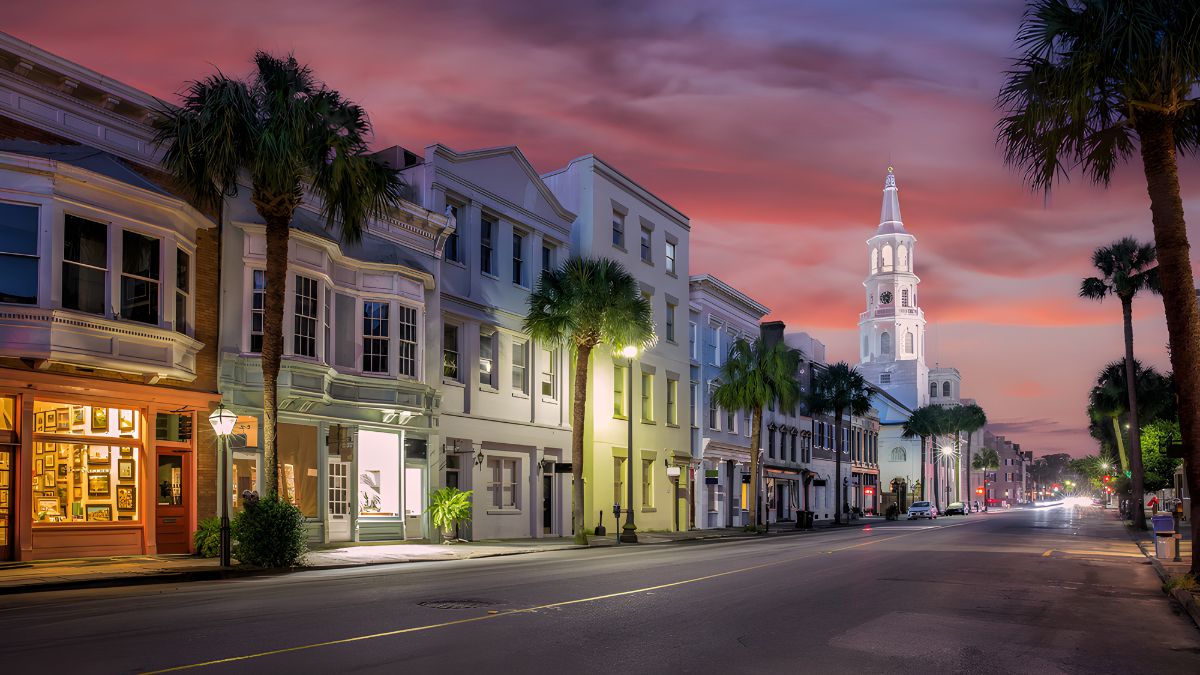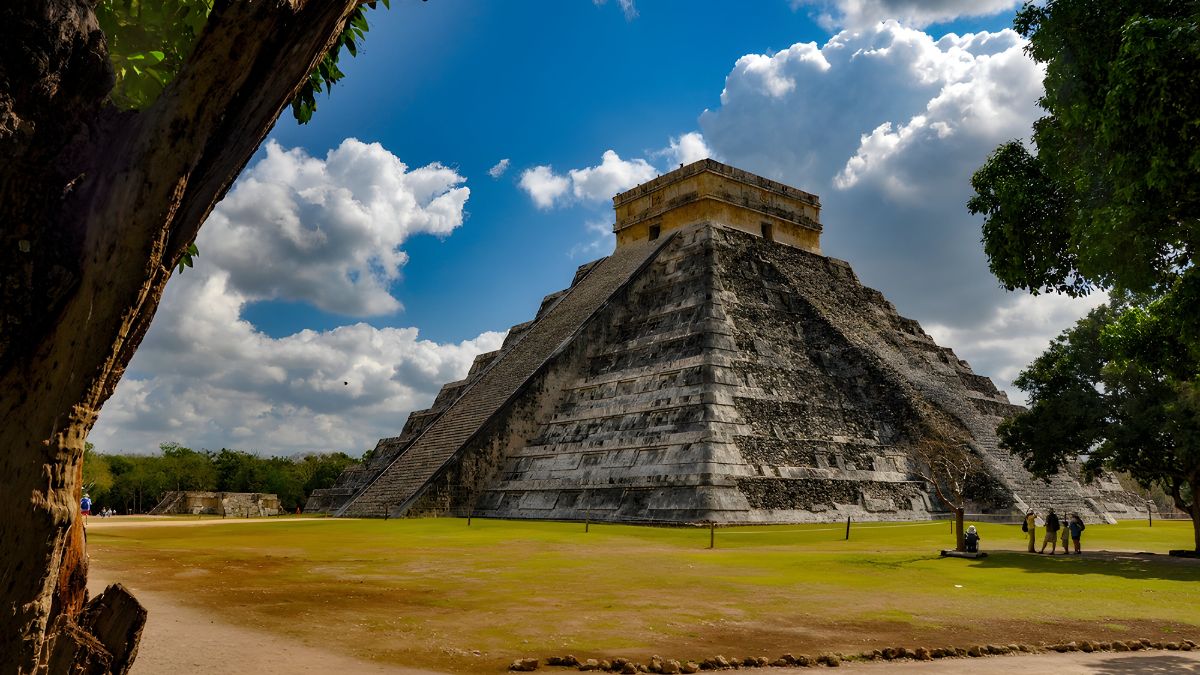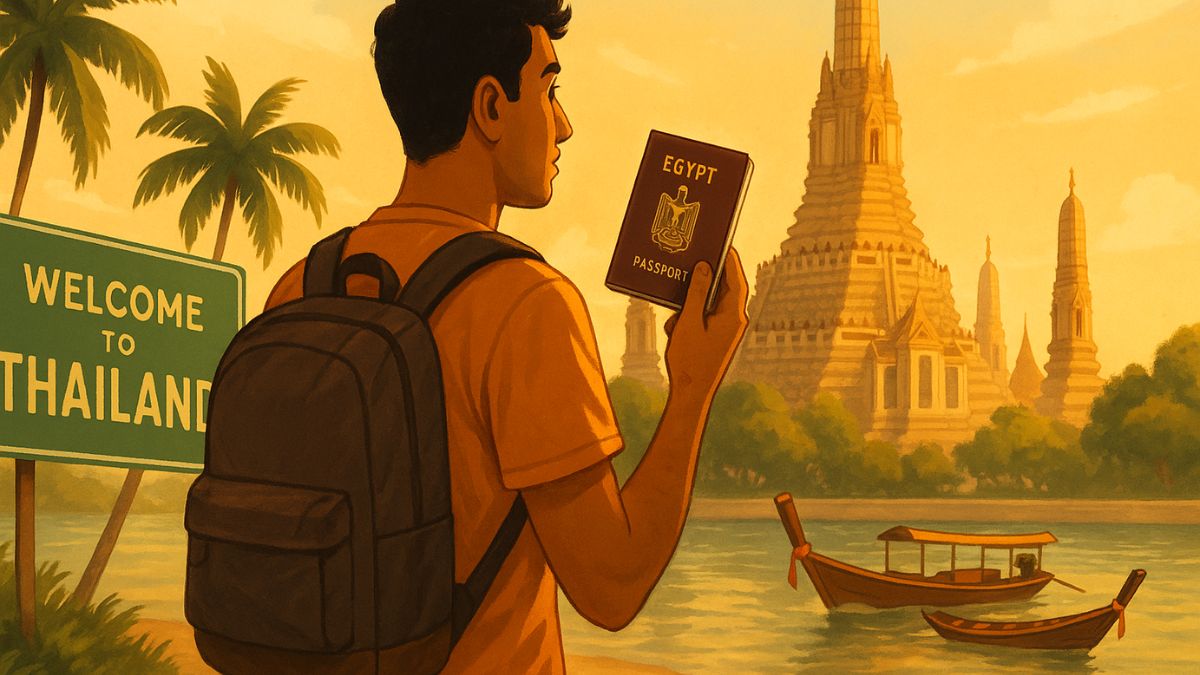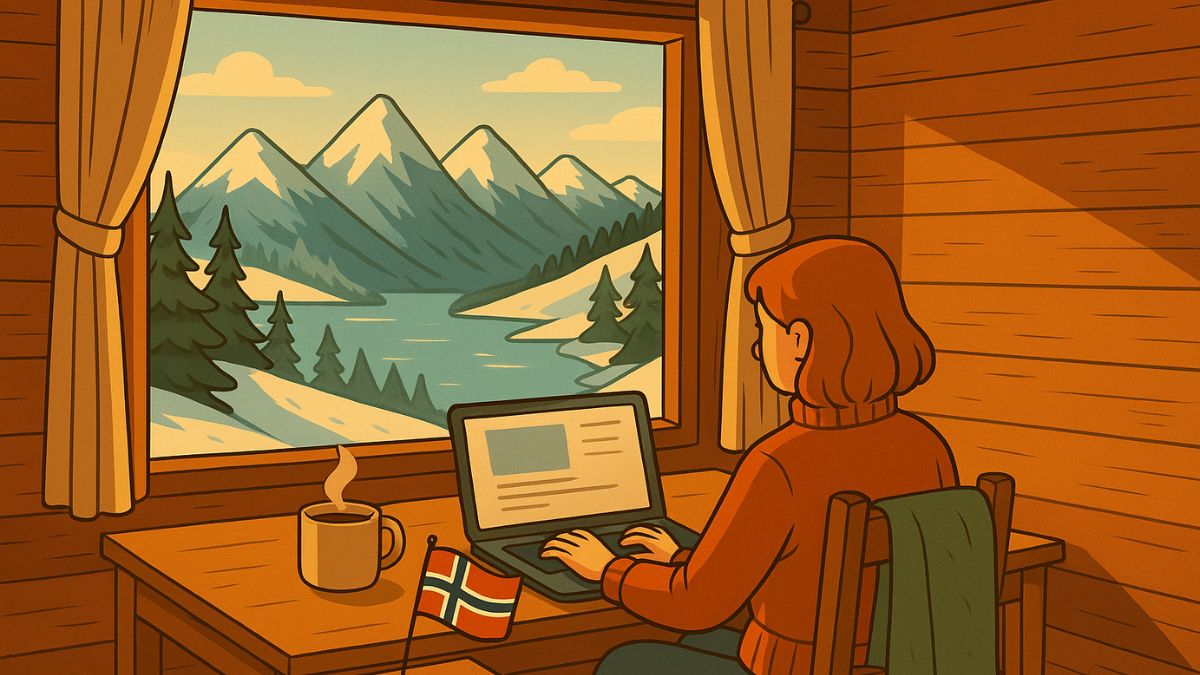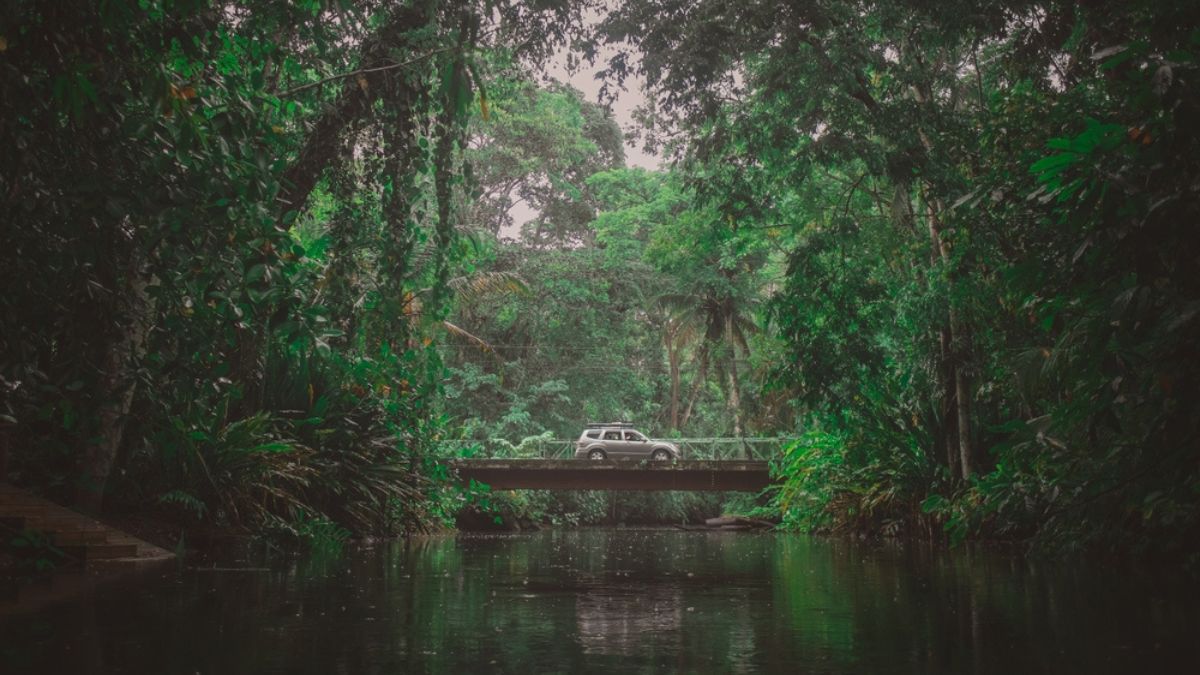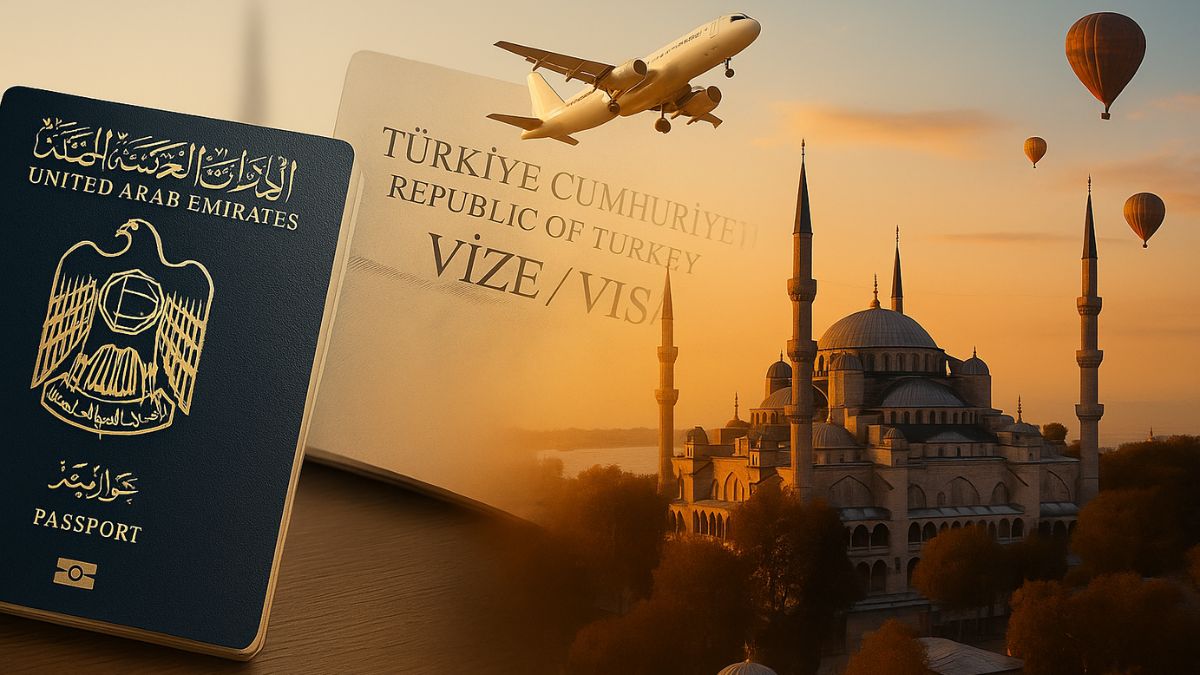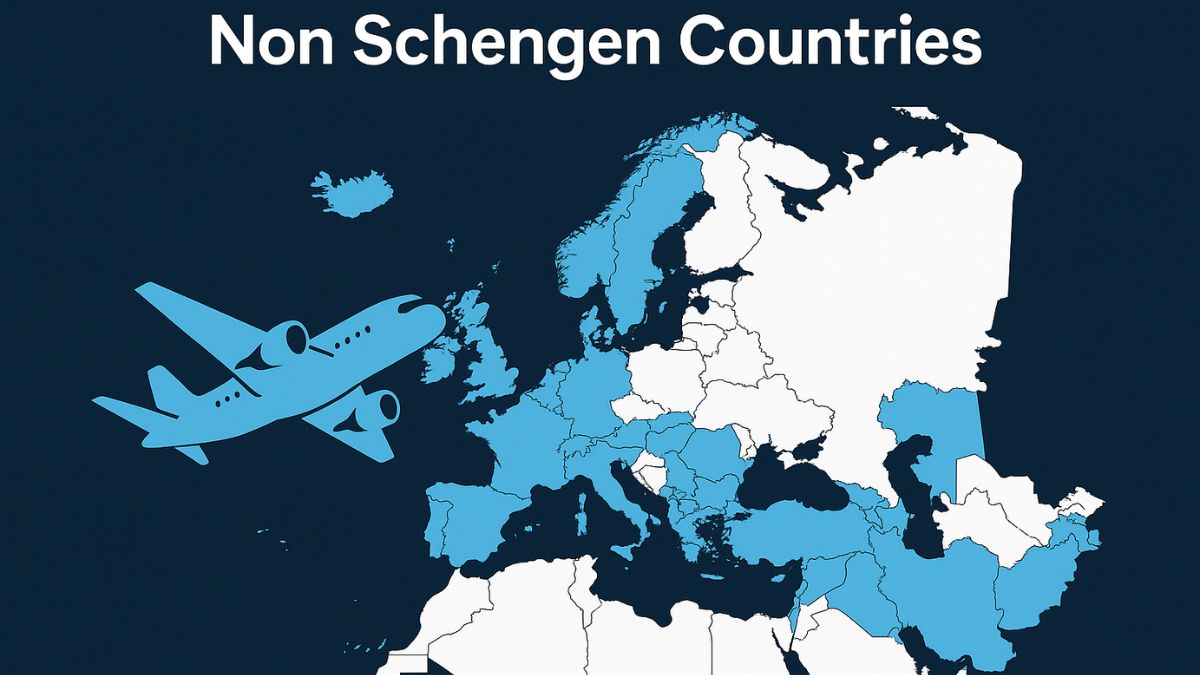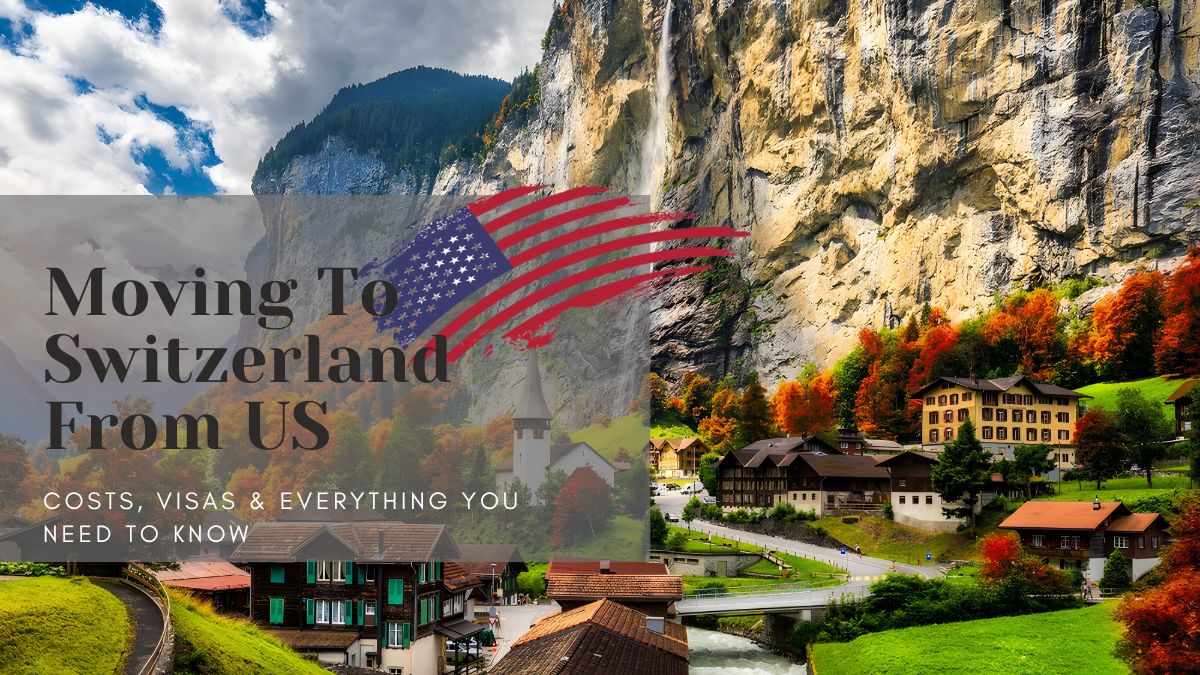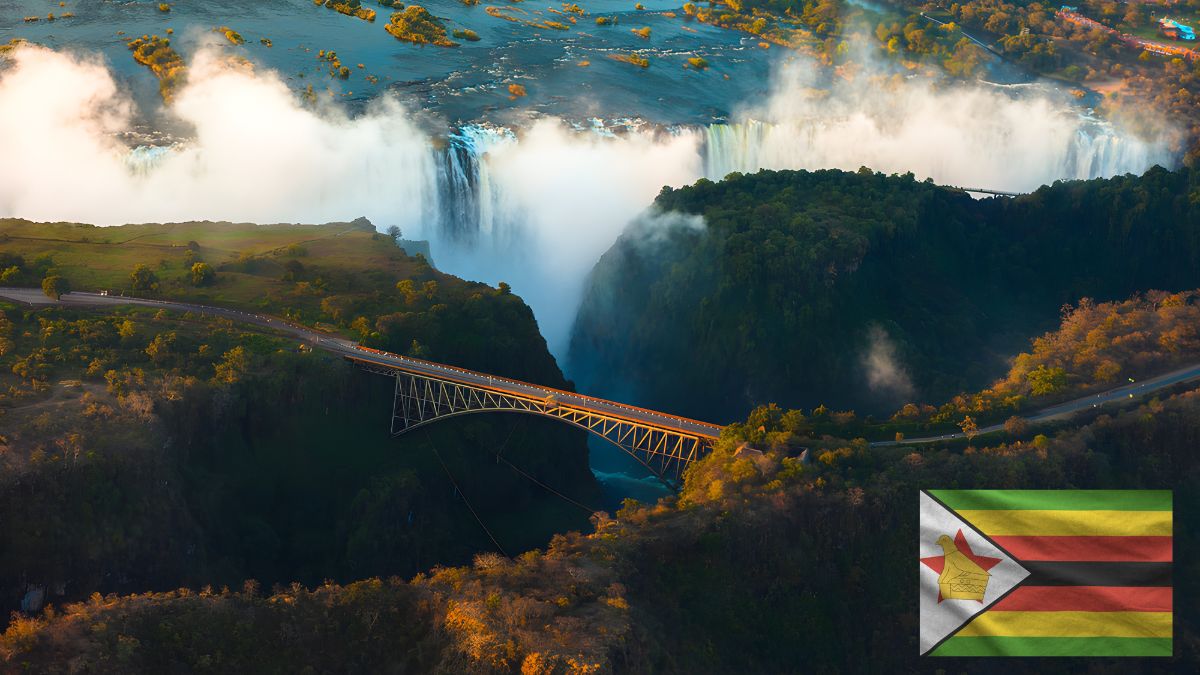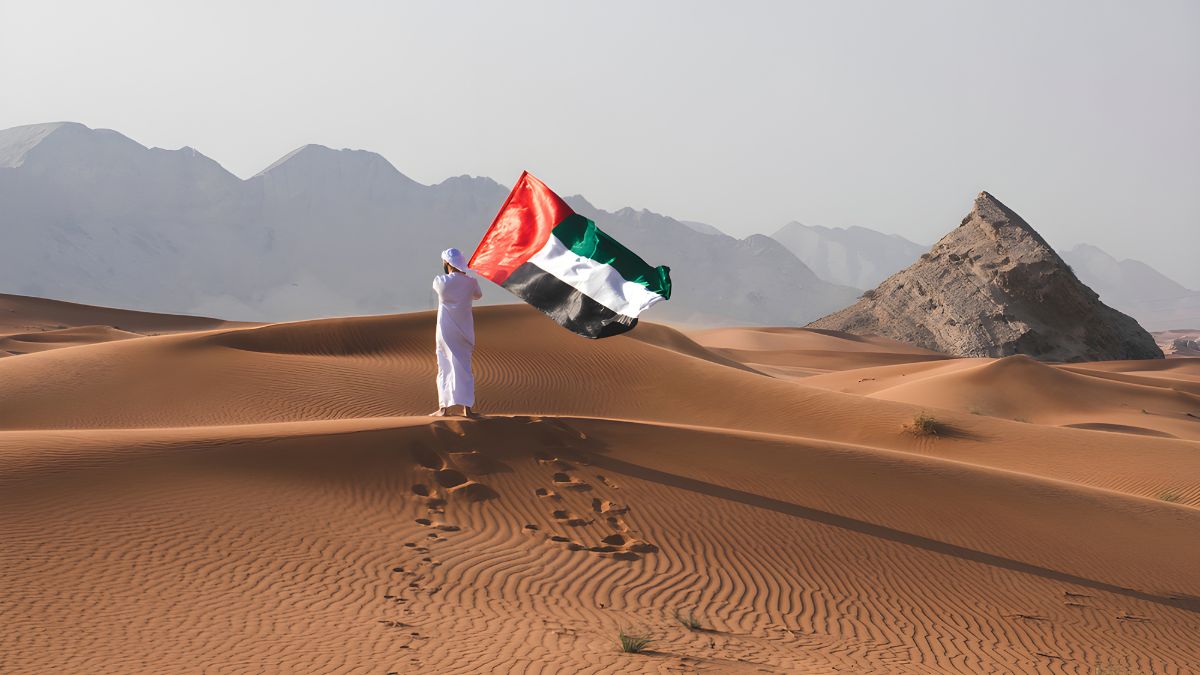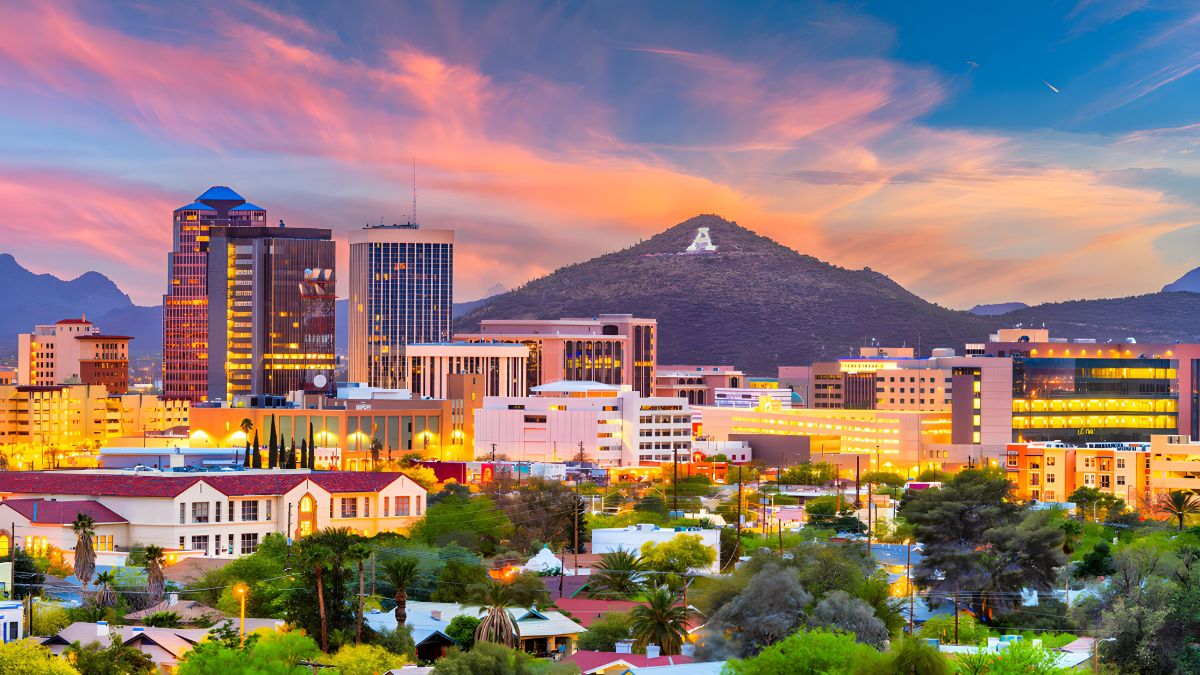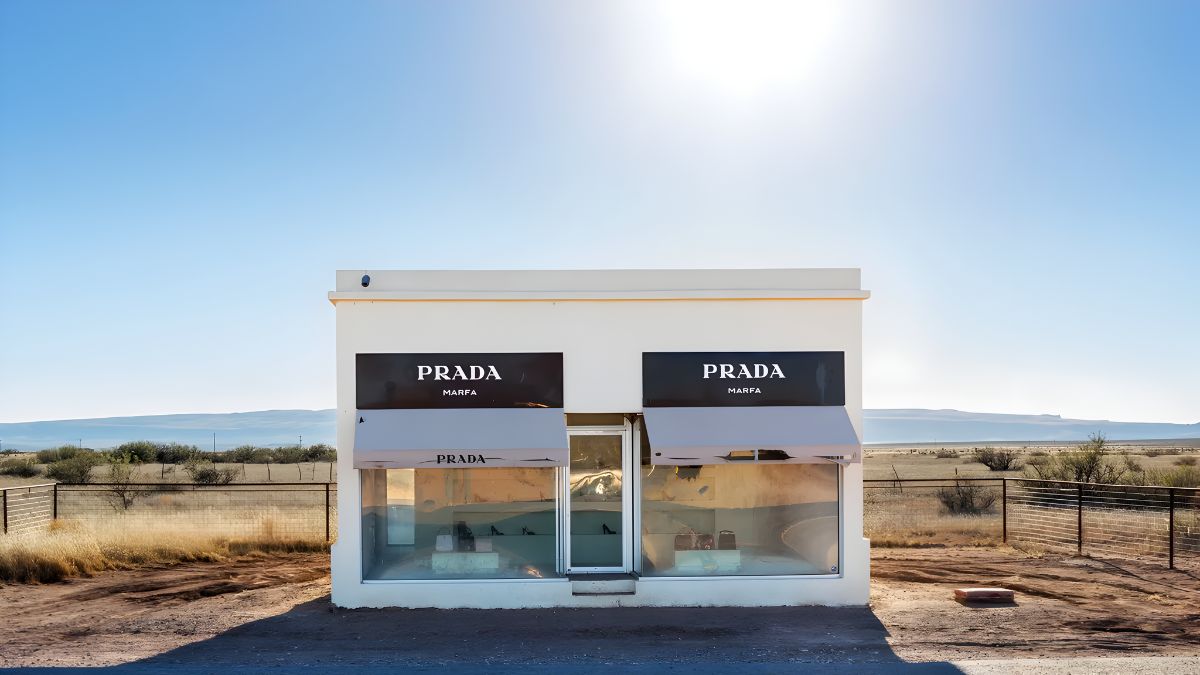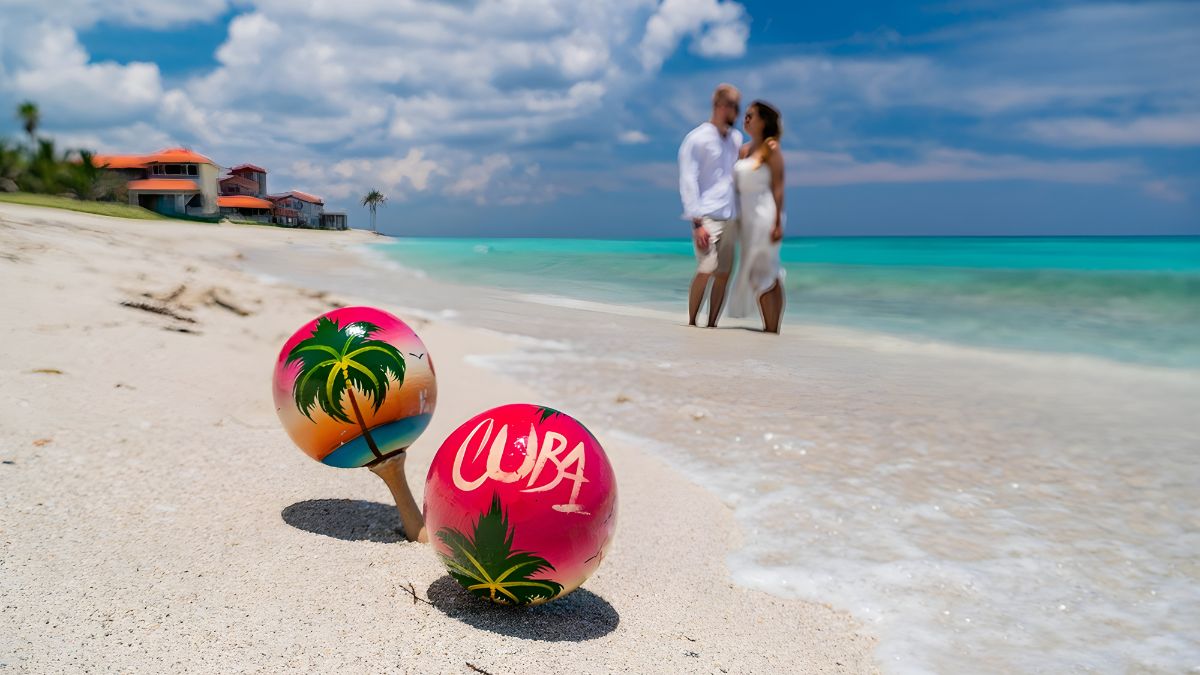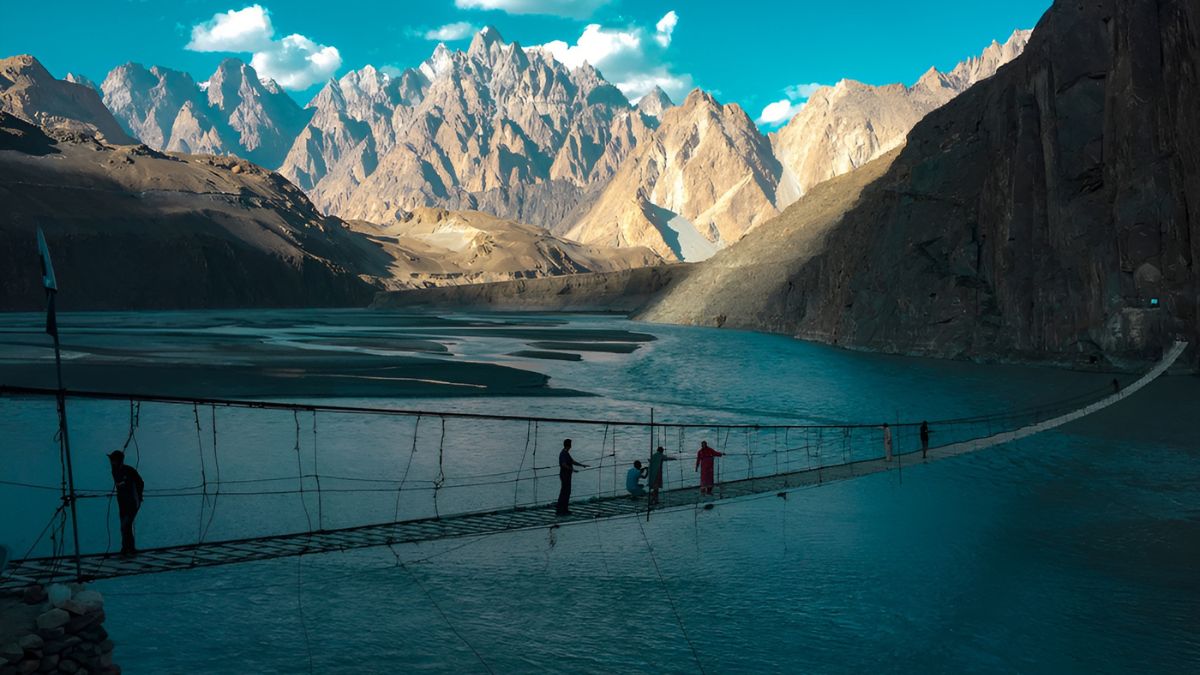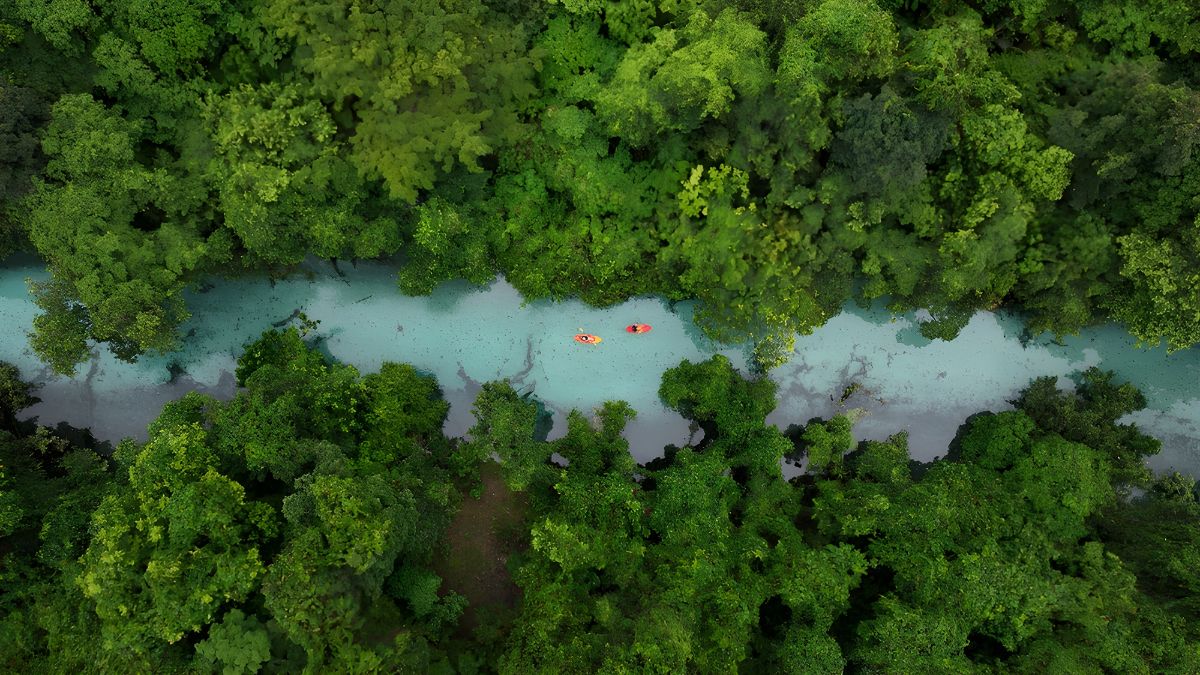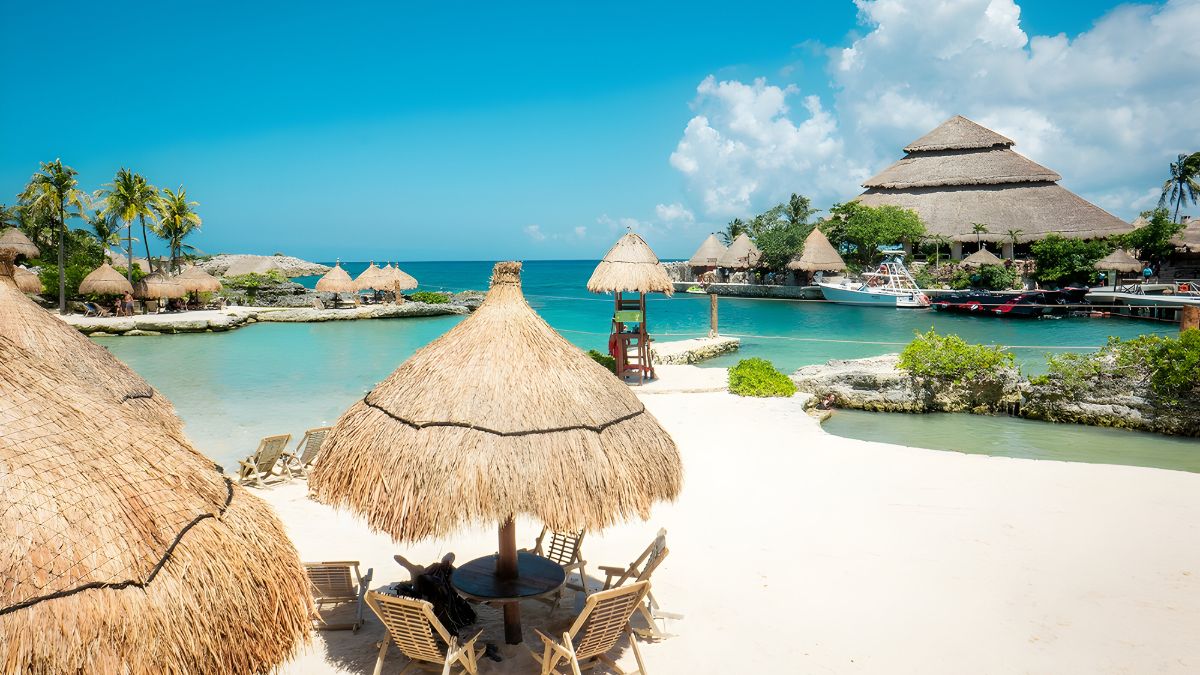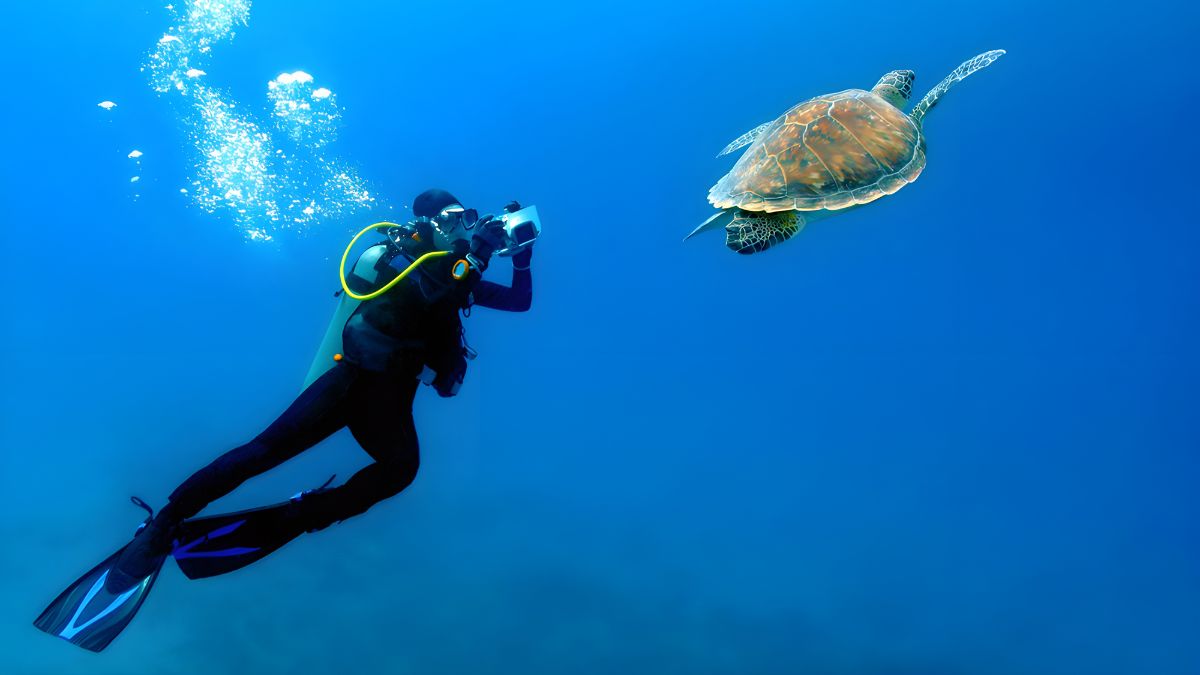
- June 21, 2025
- Heisenberg
- 0
Tucked deep within the folds of the Himalayas, away from the crowds of Gulmarg and the clichés of Pahalgam, lies a valley that feels like a beautiful secret—whispered but rarely shared. That secret is Tulail Valley, an untouched wonderland in North Kashmir, hiding just beyond the slightly more famous Gurez.
Here, mobile signals barely exist, WiFi is a fantasy, and life flows in harmony with the Kishanganga River. It’s a place where nature takes over the storytelling—through roaring rivers, lush meadows, and silence so pure it almost sings. Think postcard-perfect wooden houses, skies so clear they could cleanse your inbox, and mountains that look like they were hand-carved by some divine sculptor with a flair for drama.
But here’s the twist: almost no one outside Kashmir knows about Tulail.
If Gurez is the guarded gateway, Tulail is the soul that lies just beyond it—untamed, poetic, and waiting to be explored by those who still believe travel is about discovery, not check-ins.
In this blog, we’ll take you through the where, why, how, and holy-wow of Tulail Valley. From the road that dares you to keep going, to the people who redefine warmth, to the treks that make your legs hurt in the most satisfying way—we’re covering it all.
So pack light, breathe deep, and leave your expectations (and possibly your phone signal) behind.
Let’s enter Tulail Valley, Kashmir’s hidden crown jewel.
🌍 Where on Earth Is Tulail Valley?
Tulail Valley sits cradled in the high Himalayas, northeast of Bandipora, Kashmir. It’s part of the larger Gurez region, tucked away near the Line of Control with Gilgit-Baltistan. The valley stretches along the Kishanganga River, starting from the village of Kanzalwan in Gurez and ending near the last Indian post at Chakwali.
It sits at an elevation of 2,750 m (9,020 feet), surrounded by pine forests, alpine meadows, and snow-clad peaks.
Despite being a stone’s throw (okay, 6 to 7 rugged hours) from Srinagar, it remains off the average tourist’s radar. Why? Mainly because you have to really want to go there. And that’s part of its charm.
👣 How Do You Even Get There?
The journey to Tulail is part of the experience. Here’s the route:
- Srinagar → Bandipora: about 69 km, paved and scenic.
- Bandipora → Razdan Pass → Gurez: expect a thrilling 66 km mountain drive through steep switchbacks and pine forests.
- Gurez → Tulail Valley: a further 42 km stretch through charming villages and forested valleys.
This route is only accessible from April to October. Winters? The entire stretch is buried under heavy snow, and life here pauses.
Alternative path:
A military-controlled route heads east via the Kabul Gali pass to Drass. Another trekking trail links Tulail with Sonamarg (via Gadsar Pass) or Naranag (via Satsar Pass) (only accessible to the army), but civilian traffic is a no-go.
Public transport:
Buses ply Srinagar→Bandipora→Dawar, and shared taxis are available. But after Dawar, it’s remote—hitch rides or trek.
Plan ahead for permit checks—ID and Army passes may be required due to LoC proximity.
🪵 A Cultural Window — Meet the Dards
The Dards, Tulail Valley’s native people, are an ancient Indo-Aryan community known for their warmth, resilience, and rich heritage. They primarily speak Shina, a language you won’t hear anywhere else in India except the high-altitude pockets of Gurez, Tulail, and parts of Gilgit-Baltistan across the border.
Their lifestyle, rooted in tradition and simplicity, offers a rare glimpse into a culture untouched by time, welcoming travelers with genuine smiles, hot kahwa, and stories older than the mountains themselves.
You’ll spot them in woolen pherans, living in wooden timber-mud houses where mud acts as insulation against cold winters and summer warmth—up to 90% of homes here stick to this traditional construction.
🎒 Best Time to Visit Tulail Valley
- Summer (May–July): Mild temperatures (15–25 °C), lush greenery, vibrant meadows, and a river running strong.
- Monsoon (Aug–Sep): Cooler, golden landscapes—fantastic for photography, just be cautious of landslides.
- Winter (Nov–April): Beautiful snowscape, but virtually inaccessible, and temperatures plunge to -20 °C
Best time to visit? Summer or early autumn offer unmissable beauty and easier access.
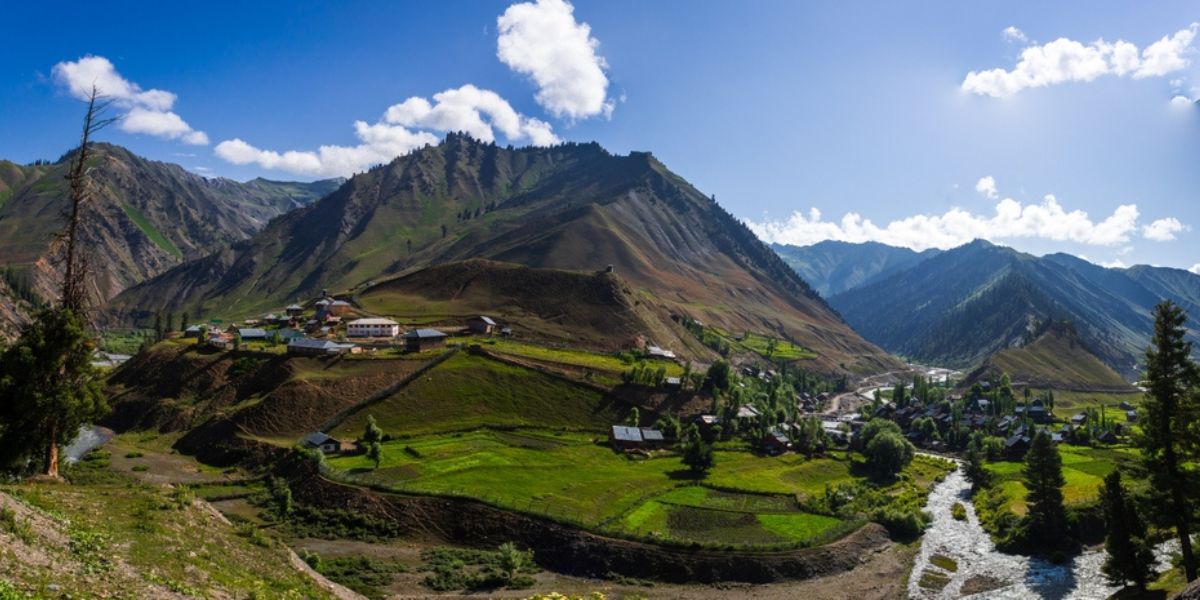
🏞️ What Makes Tulail So Special?
Ah, where to begin?
1. The Landscape
Think emerald-green meadows, crystal-clear streams, wooden homes with sloping rooftops, and snow-capped peaks staring down from every angle. The untouched beauty rivals Switzerland—but without the chocolate shops and tourist buses.
2. The People
The locals are mostly Dards, an ancient Indo-Aryan ethnic group who speak Shina, a language unique to this region. Their warm hospitality is legendary. And their resilience? Even more so. Imagine surviving bitter winters where temperatures dip to -20°C without modern insulation.
3. The Silence
Tulail doesn’t scream for attention—it hums. No honking cars, no Instagrammers with drones. Just the sound of your boots on soft grass and birds announcing the time better than any smartwatch.
🎒 What Can You Do There?
Besides staring at mountains until your soul feels cleansed?
✧ Trek Till You Drop
Tulail is the gateway to legendary treks—Vishansar Lake, Kishansar Lake, and Gadsar Lake, among others. These trails will test your legs but reward your spirit.
✧ Camp Beneath a Trillion Stars
Pitch a tent near the Kishanganga River, lie on your back, and get lost in a star-filled sky with zero light pollution. Milky Way selfies? Totally possible.
✧ Go Fishing (Yes, Really)
The streams here are teeming with trout. Just don’t forget to get a permit and a guide who knows where the fish like to chill.
✧ Eat Like the Locals
Try local breads baked in clay ovens, stews spiced gently with Himalayan herbs, and of course, the quintessential Kashmiri Kahwa—served hot and made with love.
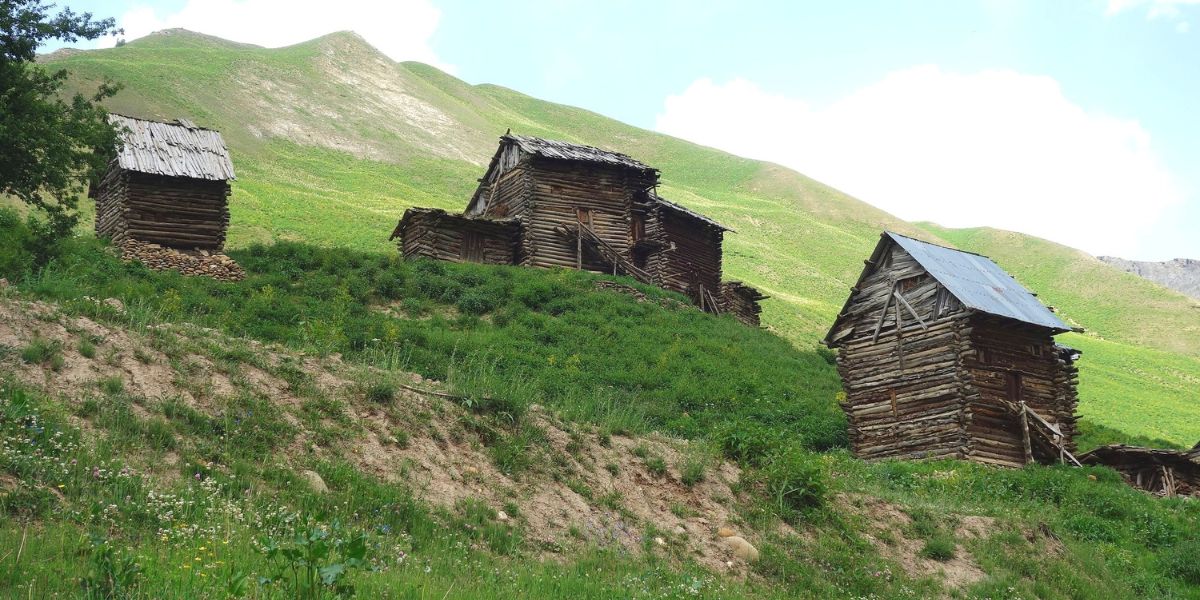
🛏️ Where Will You Sleep?
Tulail doesn’t have five-star resorts. What it does have are simple homestays and government guest houses.
- Homestays in Badugam, Badoab, and Sheikhpora offer local immersion.
- Guesthouses in Dawar (Gurez) provide basic lodging.
Think: thick quilts, kind hosts, and stories by the fireplace. If you’re lucky, you’ll hear tales of local legends or snow leopards seen in distant ranges.
Be prepared: carry cash, extra warm clothing, snacks, power banks, and respect for local customs.
🕊️ Is It Safe?
Yes—but keep in mind, this is a border area. You’ll need:
- Government-issued ID
- Permissions (Army passes are sometimes required)
- A bit of patience at checkpoints
📸 Tips & Hidden Highlights
- Sunrise & Sunset: The peaks glow golden. Perfect for photographers.
- Connectivity: BSNL works intermittently; download offline maps before arrival.
- Currency: Cash is king—carry plenty.
- Wooden Houses: Capture century-old Dard architecture—multi-storey wooden homes with jutted eaves.
- Flora & Fauna: Spot alpine wildflowers, forest birds, and possibly snow leopards or Himalayan brown bears in neighboring Gurez.
- Nearby Attractions: Consider exploring Habba Khatoon Peak, Dawar Village, and Gurez Valley while you’re here.
🌱 What’s Changing?
Tulail is slowly opening up to eco-tourism. Solar panels are popping up. Water access is improving through government schemes like Jal Jeevan Mission. But locals worry that careless tourism might erode the region’s fragile balance.
So if you visit, travel responsibly. Leave no trash, respect boundaries, and absorb more than you broadcast.
🏁 Conclusion
Tulail Valley is not just a place you visit—it’s a place you feel. From the gentle flow of mountain rivers to the echo of ancient tongues, every moment here is a story. This is exploration in its purest form—raw, unfiltered, unforgettable.
If you’re seeking authenticity over amenities, conversation over crowds, and magic over marketing, Tulail Valley awaits your footprints.
Get Visa Info helps travellers like you explore better—offering insights on visas, immigration, travel adventures, visa procedures, foodie finds, and more.




